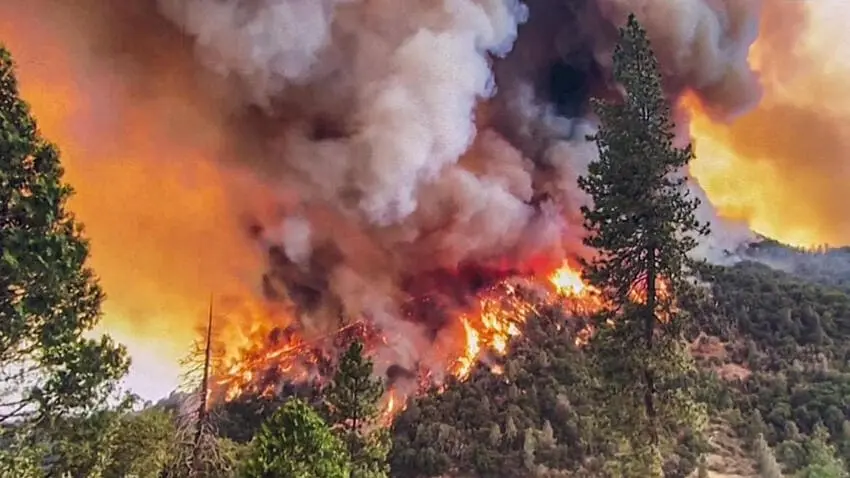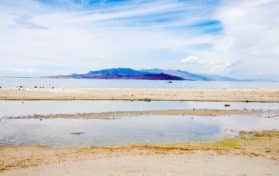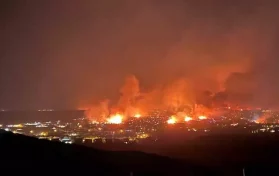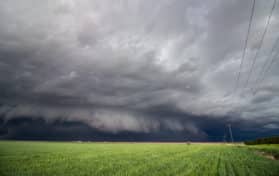
Last weekend, an area near the Yosemite National Park was threatened by yet another wildfire. This new wildfire has been dubbed “the Oak Fire,” and it began near the Arch Rock entrance of the park.
More than 2,500 firefighters have battled the blaze on the ground and in the air. So far, the blaze has managed to destroy 18,000 acres of land in and around Mariposa County, California.
Over the weekend, the blaze spread rapidly, causing residents in the area to leave their property with little more than the clothes they were wearing at the time. Some areas were under a mandatory evacuation, while others were under a “fire advisement.”
At least 55 homes have been destroyed since the wildfire sparked. The cause of the fire is still under investigation.
Cal Fire, the California Department of Forestry and Fire Protection, says that the fire is now 26 percent contained as of Tuesday afternoon. Smoke from the blaze has drifted as far away as Lake Tahoe and other parts of Nevada. People in the Golden State as far away as San Francisco have related that they are experiencing effects of the smoke from the Oak Fire blaze. Cal Fire reports that smoke from the Oak Fire has traveled as far as 200 miles from the epicenter of the blaze.
California, particularly the Sierra Nevadas, have been ravaged by wildfires this summer. Within the last two weeks, the Elektra Fire threatened the giant sequoia trees in the area. The Elektra fire has since been contained, along with the Washburn Fire. The Washburn Fire burned near the southernmost part of Yosemite National Park.
Fire crews are attributing part of the ability to fight the blaze to rising humidity in the area. The added moisture in the air is helping to dampen the trees and brush that would normally easily ignite in a wildfire. California, as well as much of the American West, is in the midst of a drought that is considered “extreme.” Parts of Mariposa County have been labeled as “exceptional” as far as drought is concerned.
Other states are experiencing these extreme drought conditions. In Utah, the Great Salt Lake is losing water levels due to a combination of the drought as well as use of the lake’s tributaries for agricultural irrigation purposes. The drought in Utah is so extreme that some state lawmakers are considering piping in water from the Pacific Ocean in order to restore at least some of the Great Salt Lake’s water levels. Last year, the Great Salt Lake hit historic lows, but a lack of seasonal rains in early 2022 are contributing to the low levels this summer.
Lake Mead is also experiencing historic low levels, with many fearing the reservoir may dry completely up. Weather experts say that June 2022 is the driest month on record in Nevada.
The persistent and extreme drought conditions may be causing major bodies of water in other Western states to sink to historic lows, but, in California, the drought is contributing to these destructive wildfires. Cal Fire added that these conditions are heightened by “critically dry fuels” as well as “tree mortality.” Many trees have died in the area due to disease or bug infestations, according to Fox News.
Governor Gavin Newsom has declared a state of emergency in Mariposa County, a move which means the federal government provided a grant to increase the amount of resources that California has to fight these wildfires. Over 300,000 gallons of water has been dumped on the Oak Fire since Friday. There have been more than 300 fire trucks on site, and more than twenty helicopters have fought the blaze from the air.
Cal Fire Chief Jon Heggie related that climate change has had an effect on the number of fires in the Golden State in recent years. He pointed to the dead and dry vegetation as a “fuel” for the wildfires in the state.





